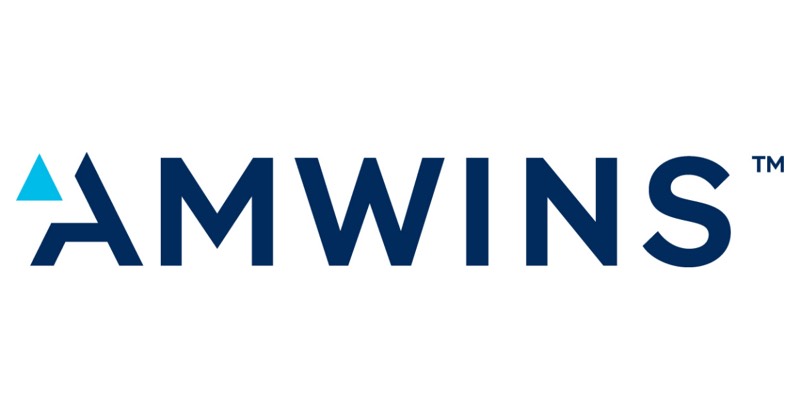Amwins, a distributor of specialty insurance solutions, has published its 2025 Outlook: State of the Market Report, providing valuable insights into the shifting dynamics of the cyber insurance landscape.

Pricing trends show a notable change, with renewal business seeing flat or declining rates, while new business is encountering aggressive pricing strategies from carriers eager to expand their market share.
According to the Amwins report, the market can be divided into three main categories: new entrants, established players, and middle-tier insurers.
New entrants, typically carriers without legacy risks, are aggressively competing for market share through lower pricing.
Established players, with over 10 years in the cyber market, leverage their extensive portfolios and relationships to stay competitive while managing legacy risks.
Meanwhile, middle-tier insurers are under pressure to define their offerings more clearly, often opting for more specialised distribution strategies. Amwins suggests that this mix of new participants and strong market capacity will likely keep market conditions soft, leading to more differentiated offerings as the year progresses.
A key point in Amwins’ report is the expected importance of reinsurance renewal dates, particularly on January 1 and April 1, which are anticipated to provide valuable insights into future market direction. Capacity remains strong, with many carriers offering limits that were previously seen as unattainable.
Additionally, coverage requirements are rising, with businesses increasingly required to carry higher limits. Despite these changes, pricing remains competitive, with reductions seen in several segments, particularly for companies that have adopted enhanced security protocols.
Emerging players and changing market dynamics continue to influence capacity trends, according to Amwins. While underwriters are generally open to insuring various industries, they remain cautious in sectors like healthcare, where regulatory challenges could result in stricter underwriting guidelines.
The report highlights the impact of high-profile cyber incidents, such as the breaches involving CDK Global, CrowdStrike, and Change Healthcare. While these incidents were initially expected to disrupt the market, their impact was limited, affecting only a small part of the cyber insurance market.
Insurers with significant exposure to these sectors or client bases faced adverse effects, but the broader market remained relatively stable due to improved risk management practices that reduced the frequency of major losses.
Despite the ongoing threat of ransomware across industries, Amwins notes that the cyber insurance market has yet to respond comprehensively to this challenge. However, improvements in risk controls among insured organisations may be mitigating some of the potential damage. Still, a large portion of businesses remain uninsured for cyber risks, continuing to present a challenge for insurers.
The Amwins report also underscores the increasing role of geopolitical and economic factors in shaping the cyber insurance market. State-sponsored cyberattacks are on the rise, reflecting the expanding role of digital warfare.
The latest Microsoft Digital Defense Report highlights a rise in attacks driven by motives beyond disruption, including espionage and information gathering. Additionally, the growth of hacktivism, where groups target organisations they see as opposing their views, further increases risk for businesses.
Amwins emphasises that businesses, especially during high-risk times like elections, must strengthen their cybersecurity practices to protect themselves from emerging threats. Social inflation is also noted as a factor affecting the cyber market, as rising operational costs could limit investments in security measures, potentially increasing exposure to cybercriminals.







